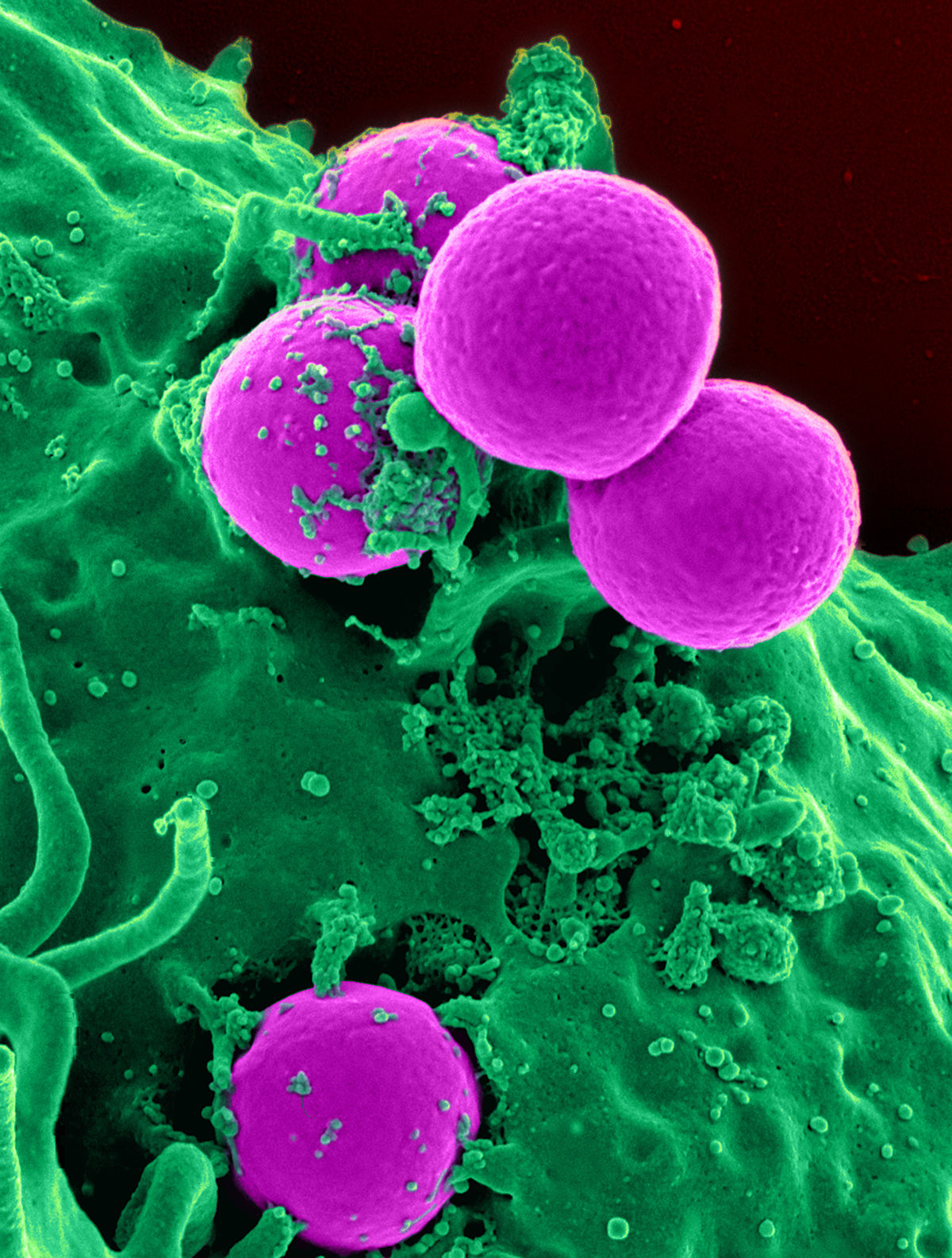Description
Project Description & Motivation
Methicillin-resistant Staphylococcus aureus (MRSA) affects approximately 90,000 Americans each year. In the United States, the CDC reported more than 2 million people being affected by antibiotic-resistant bacteria. Hence, alternate treatments are being pursued, including the use of bacteriocins as a plausible solution to tackle MRSA.
Bacteriocins are antimicrobial peptides produced by bacteria to target or kill other strains of bacteria in their surrounding environment. These peptides will not harm the original bacteria due to specific immunity proteins.
Our proposed research project involves creating a hybrid of the bacteriocins Lacticin Z and Aureocin A53 (or Epidermicin NI01). These bacteriocins have shown effective inhibitory activity against MRSA strains. Aureocin A53 and Epidermicin NI01 employs a mode of action, whereby the C-terminal interacts with the membrane of the pathogenic strain and forms a pore for invasion. By developing hybrids, we intend to compare each hybrid’s ability to its individual counterparts in its potential to eliminate MRSA. This idea was inspired by SDU Denmark iGEM’s 2016 project, which involved testing the antimicrobial effects of different bacteriocins on pathogenic strains of bacteria. The first step is to express these bacteriocins and hybrids in E.coli. The second part of our project is to conduct two bioassays, the spot-on-lawn assay and MIC assay to test the ability of our hybrids and individual bacteriocins against MRSA.

References
1. “The MRSA Research Center”. University of Chicago Medicine. 2017.
2. Sandiford S, Upton M. Identification, characterization, and recombinant expression of epidermicin NI01, a novel unmodified bacteriocin produced by Staphylococcus epidermidis that displays potent activity against staphylococci. Antimicrob Agents Chemother. 2012;56:1539–1547
3. Nascimento JS, et al. Genes Involved in Immunity to and Secretion of Aureocin A53, an Atypical Class II Bacteriocin Produced by Staphylococcus aureus A53. 2012;149.

